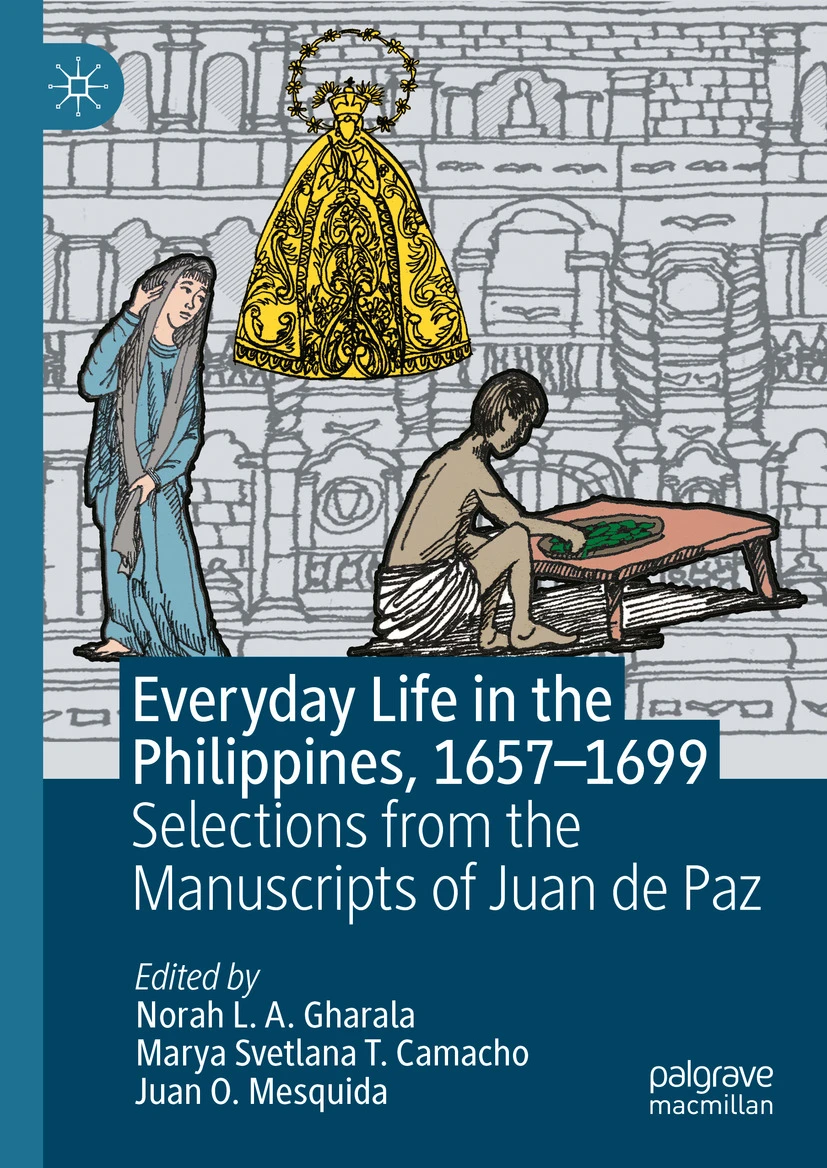Optics, Illusions, and Historical Philippine Populations
Everyday Life in the Philippines, 1657–1699
In this consulta, the jurist Juan de Paz OP responds to a combination of queries from Luzon’s southernmost coast dated 1663, that is, within the first century of colonial rule in the Philippine archipelago. In one query, a missionary consults Paz about one provincial governor’s request that the priest commit fraud in his count of his parish’s tributary population. In a second query, a missionary accidentally mixed-up the ritual oils he applied and wonders whether he should redo a sacrament. Although seemingly disparate, in both cases Paz and his priestly correspondents candidly reflect on the fragility of their representations of less-than-self-evident truths to colonial audiences, adopting a tone in contrast with the adamance of their opinions better-known in the historiography. In this essay, the opacity with which early missionaries managed their articulations in oil and ink in the face of their less-than-credulous indigenous parishioners helps the reader problematize both our present engagement with colonial archives for information about the past as well as our own scholarly abstractions about the past-as-lived by our subjects into a history-as-valued by present audiences.
Faculty Involved:

Nicholas Michael C. Sy
Assistant Professor (Study Leave)
Focus: early modern Spanish empire, demographic history, the history of conversion, political elites, historical biography, and digital humanities.



